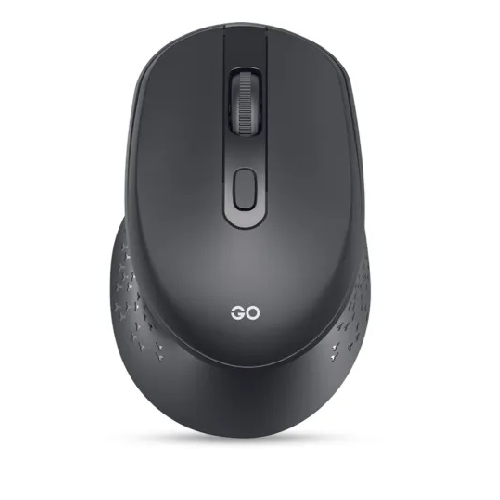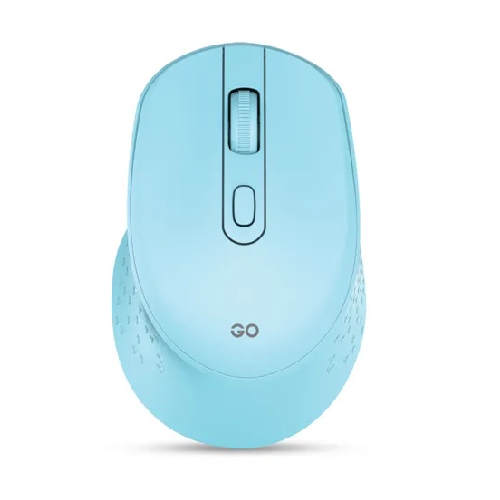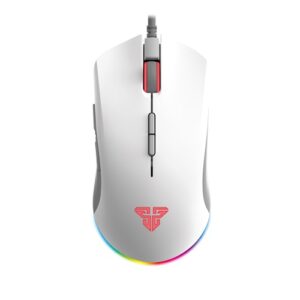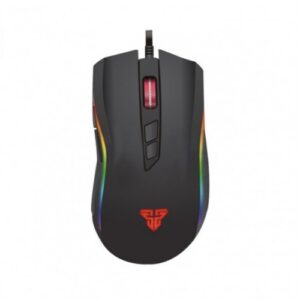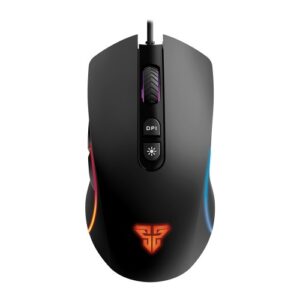Understanding the Specifications and Features of Wireless Optical Mice
When selecting a wireless optical mouse, it is essential to understand the key specifications and features that define its performance and suitability for various tasks. One primary aspect to consider is the connection type. Most wireless optical mice utilize USB receivers for connectivity, allowing users to enjoy a clutter-free workspace. The advantages of a wireless setup include enhanced portability and the elimination of cable interference, making it a popular choice among users who seek flexibility in their computing environment.
The optical sensor is another critical feature that affects the mouse’s performance. Unlike traditional mice, which rely on mechanical components, wireless optical mice use light to detect movement. This technology provides excellent precision and responsiveness, making optical mice ideal for diverse applications, from office work to gaming. The sensor’s quality can significantly impact tracking accuracy and overall user experience.
Optical resolution, often measured in dots per inch (DPI), is an important specification, as it determines how sensitive the mouse is to movement. Typical DPI options available for wireless optical mice include 1000, 1200, and 1600. Higher DPI settings enable quicker and more precise movements, which can be particularly beneficial for gaming or graphic design tasks. While higher DPI can enhance sensitivity, selecting the right setting depends on individual preferences and the specific tasks at hand.
The range of wireless connections is another factor worth considering. Most wireless optical mice offer a connection distance of up to 10 meters, providing users with the freedom to move without being tethered to their devices. This range makes wireless optical mice suitable for various scenarios, from casual use in an office setting to more dynamic environments, such as gaming. By considering these specifications and features, users can make informed decisions that align with their unique requirements and preferences.
Physical Specifications and Battery Life of Wireless Optical Mice
The physical specifications of wireless optical mice play a crucial role in determining their usability and aesthetics. These peripherals are typically available in a variety of color options, including classic shades such as black and white, along with vibrant alternatives like blue. The dimensions of these devices, commonly measuring around 10.3cm x 3.8cm x 6.4cm, not only provide a compact form factor but also enhance their portability, making them ideal for both home and office settings as well as for gamers on the go.
A key consideration for many users is the functionality offered by the mouse, particularly for gaming enthusiasts. Many wireless optical mice are equipped with four physical buttons that enhance the overall gaming experience. These buttons are strategically placed to ensure quick access during gameplay, allowing gamers to perform various actions swiftly without disrupting their flow. The responsiveness and layout of these buttons can significantly impact performance, making it imperative for users to choose a mouse that aligns with their gaming style.
Battery life is another vital aspect of wireless optical mice, influencing not only convenience but also user satisfaction. Typically, these devices operate efficiently using a single AA battery, providing an impressive operational lifespan of up to three months on a single charge. This longevity is highly beneficial for users who prefer uninterrupted usage without frequent battery replacements. Furthermore, many manufacturers offer a standard one-year warranty for their wireless optical mice, ensuring that users receive dependable support in the event of any technical issues. This warranty serves as a testament to the quality and durability of the product, giving consumers confidence in their purchase.
